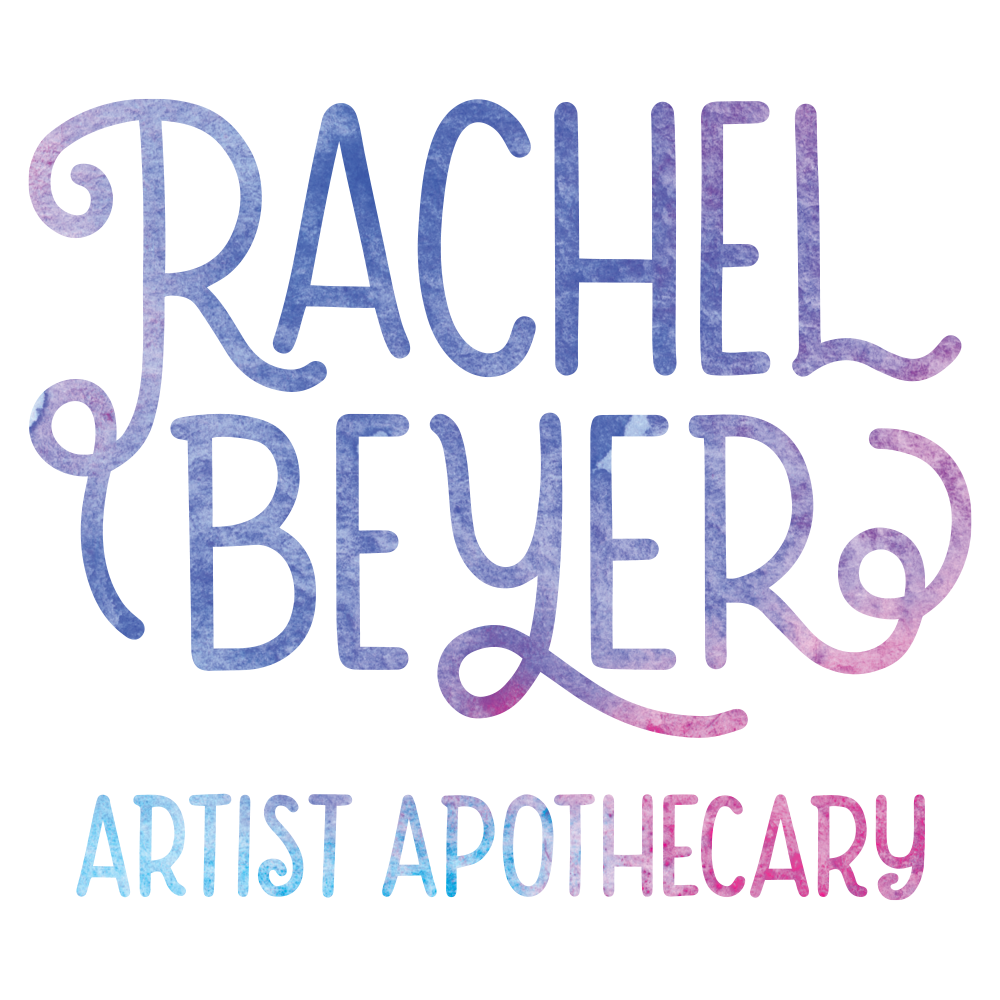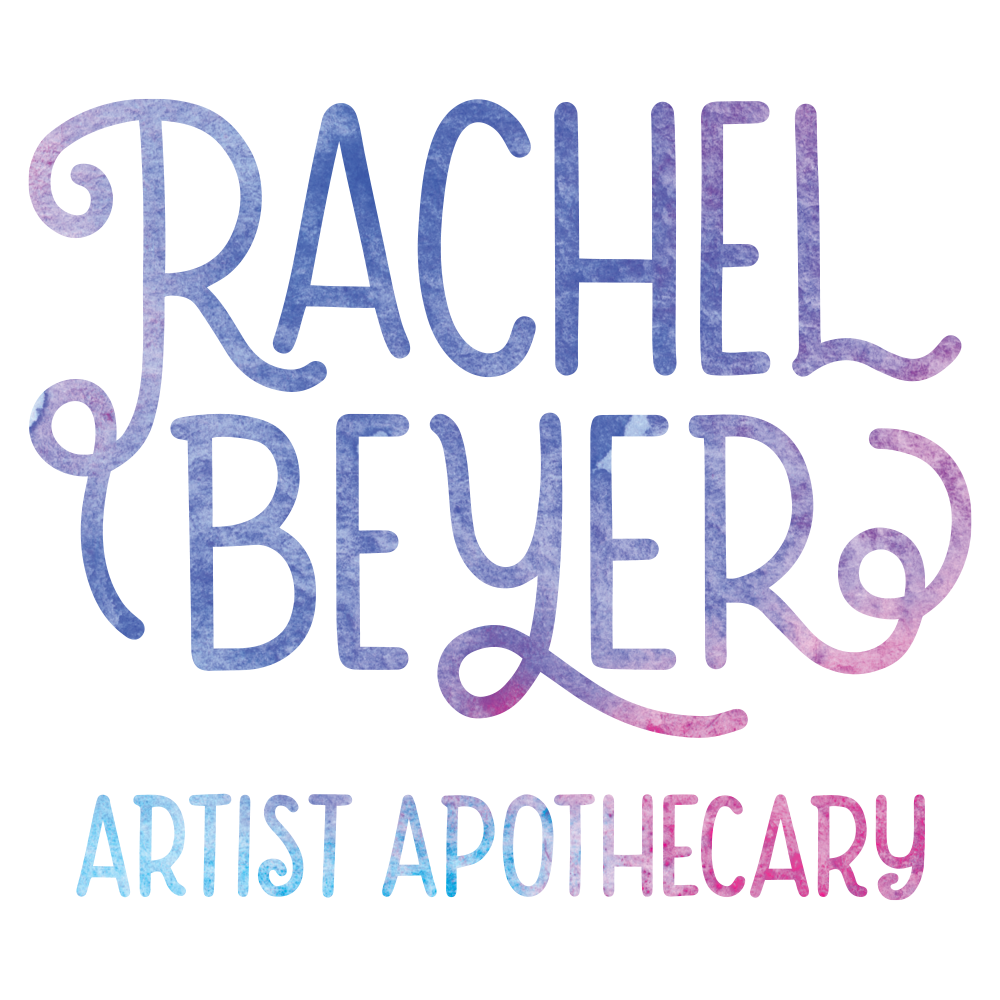Discover the Enchanting Cornflower: History, Uses, and Garden Beauty
The cornflower (Centaurea cyanus) is a delightful annual plant that brings a touch of whimsy and a splash of vibrant color to any garden. Also known as Bachelor's Button, this easy-to-grow flower is a favorite of mine for its beauty, versatility, and fascinating history.
Growing Cornflowers:
Cornflowers are incredibly easy to cultivate, making them perfect for beginner gardeners. You can start them indoors or direct sow them into your garden beds. They thrive in full sun and prefer moist, well-drained soil. One of the best things about cornflowers is their long blooming period – they'll provide you with cheerful blooms all summer long!
While blue cornflowers are the most common and iconic, you can also find varieties in a range of other colors, including dark red, pink, purple, and white. This allows you to create a beautiful and diverse display in your garden. And like many cut-and-come-again flowers, the more you pick them, the more they bloom! So don't hesitate to harvest them for bouquets and other floral arrangements.
A Name Steeped in History:
The cornflower's scientific name, Centaurea cyanus, is rich with historical significance. It’s said that Cyanus was given to the Cornflower after a youthful devotee of the goddess Flora (Cyanus), whose favorite flower was cornflower. The name of the genus is derived from the Centaur, Chiron, who taught mankind the healing virtue of herbs. This connection to mythology and herbalism adds an extra layer of intrigue to this already captivating plant.
Beyond the Garden – Uses and Lore:
While cornflower is rarely used in modern herbalism in a significant way, it has a long and fascinating history of traditional uses and lore. The dried flowers possess a range of properties, including antipruritic (relieving itching), antitussive (cough suppressant), astringent (tightening tissues), weakly diuretic (promoting urination), emmenagogue (stimulating menstruation), ophthalmic (beneficial for the eyes), very mildly purgative (laxative), and tonic (strengthening).
Historically, an infusion of cornflowers has been used in the treatment of dropsy (edema), constipation, and as a mouthwash for ulcers and bleeding gums. This infusion was also taken as a bitter tonic and stimulant, believed to improve digestion, potentially support the liver, and enhance resistance to infections.
A water distilled from the petals was once highly regarded as a remedy for weak eyes and a soothing lotion for conjunctivitis. The seeds have been used as a mild laxative for children, and a decoction (a preparation made by boiling) of the leaves was traditionally used as an antirheumatic remedy.
Beyond its traditional medicinal uses, cornflower petals are also edible and can be used as a beautiful and colorful garnish for salads, cakes, and tea blends. They add a delicate floral flavor and a touch of whimsy to culinary creations. Additionally, the petals can be used to create a natural blue ink or dye, perfect for adding a unique touch to artistic projects.
It's important to note that while cornflower has a history of traditional uses, modern scientific evidence supporting these claims is limited. Always consult with a qualified healthcare professional before using any herb for medicinal purposes.
I personally love using cornflower petals to add a touch of natural beauty to my creations. I adorn my Energy Cleanse candle and Plant Magic Perfume with these vibrant blue petals, adding a special touch to each product. They also make a beautiful addition to potpourris.
Bring the Beauty of Cornflowers to Your Garden:
Whether you're a seasoned gardener or just starting out, I highly recommend adding cornflowers to your garden this year. Their ease of growth, long blooming period, and rich history make them a truly special plant.
SOURCES:
A Modern Herbal by Maud Grieve
Herb profile - Natural Medicinal Herbs
Cornflower: sowing, flowering time & uses - Plantura Magazine






